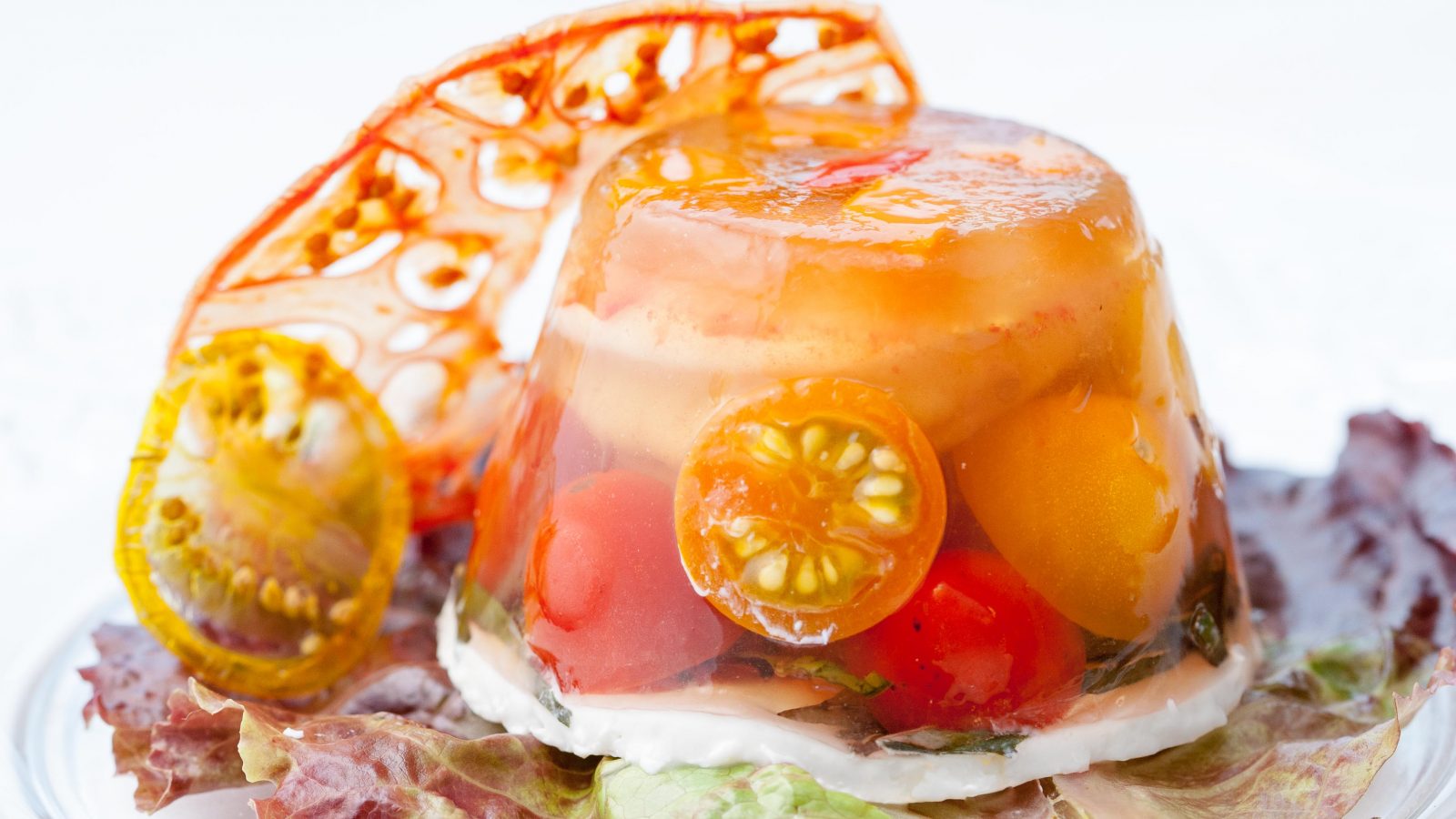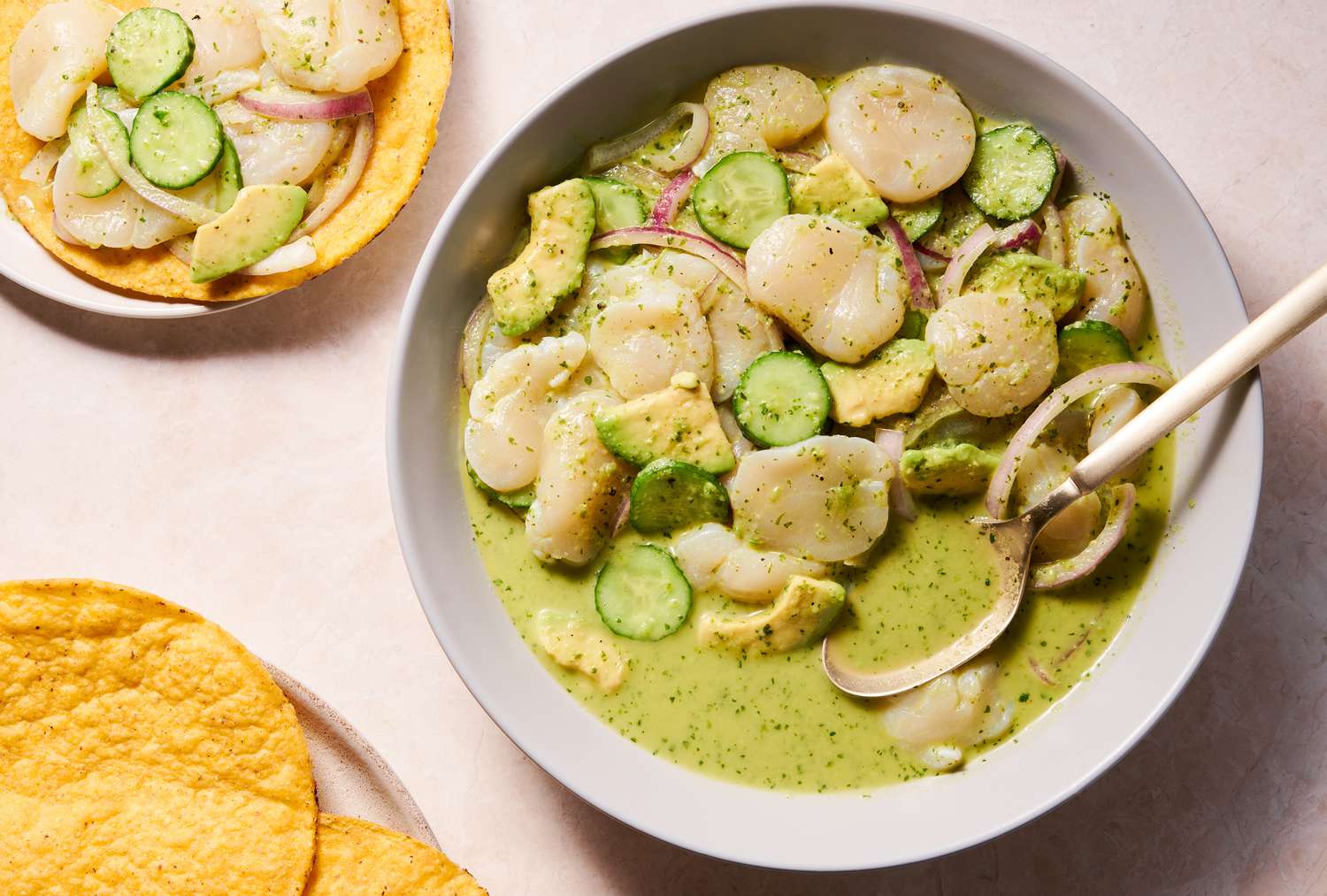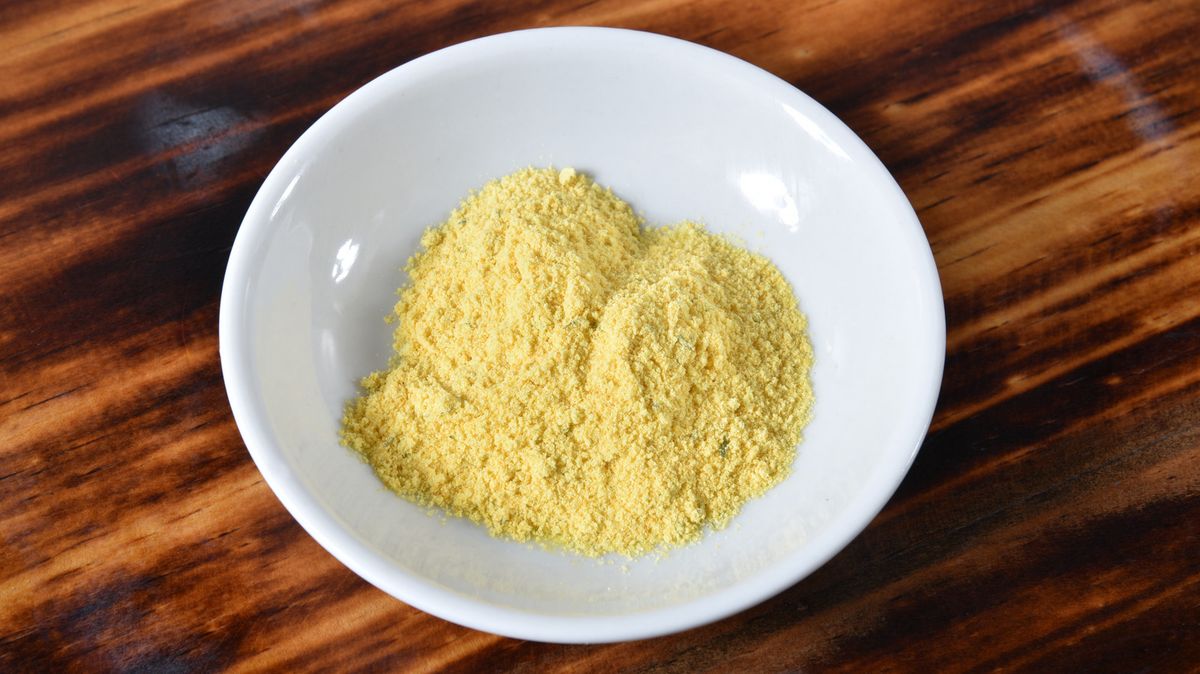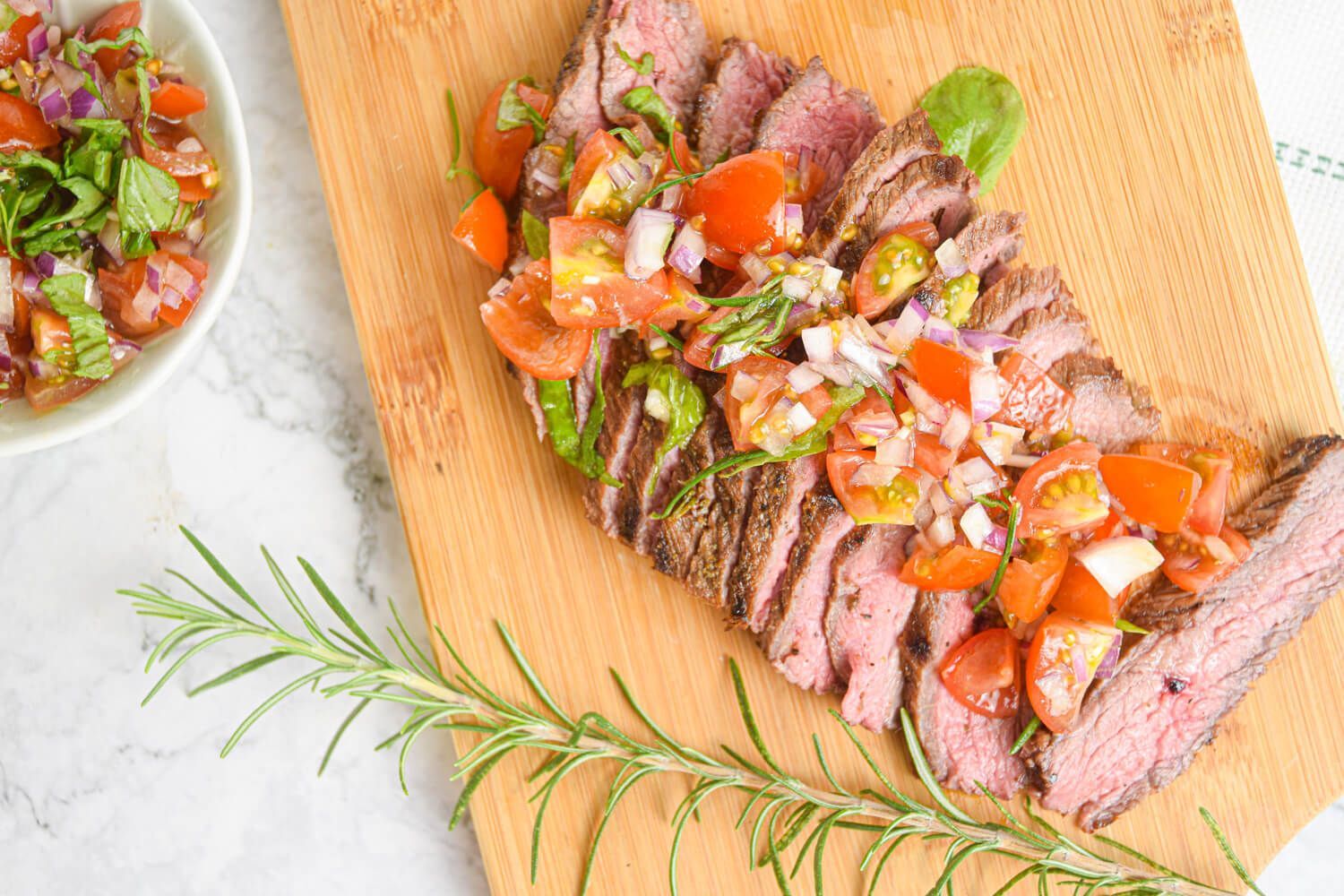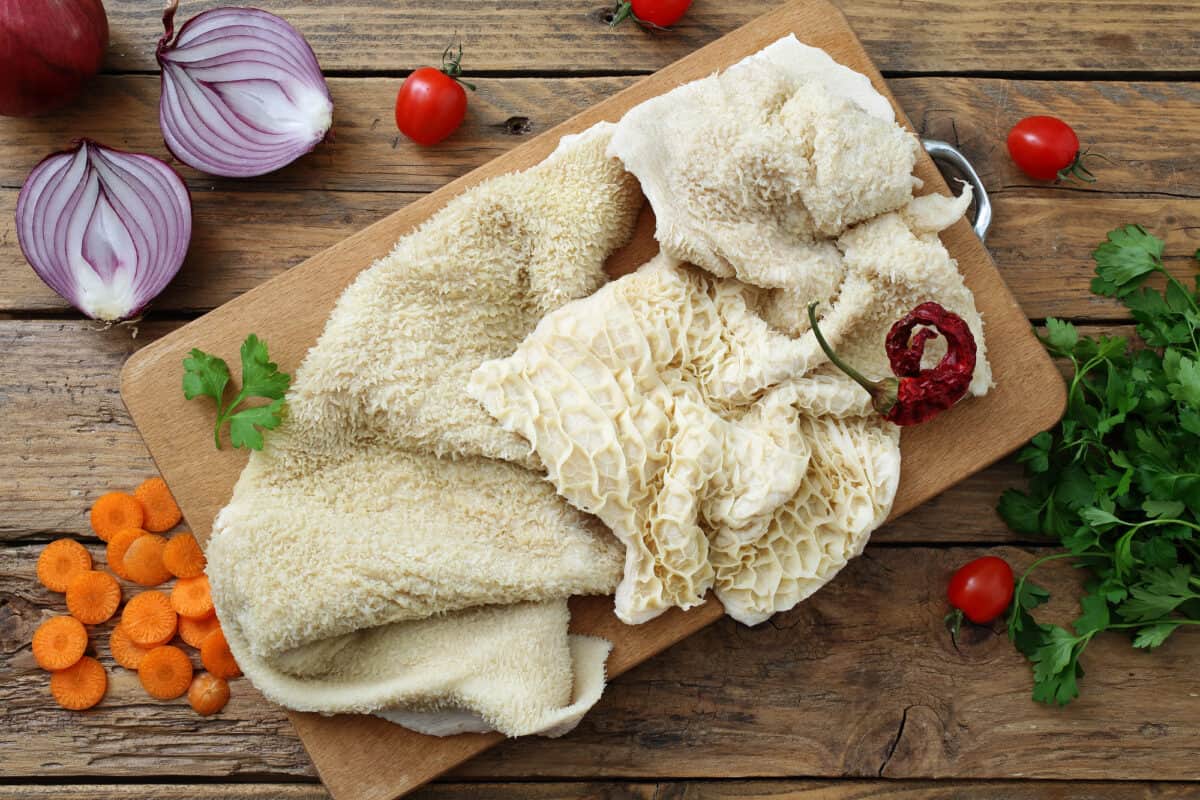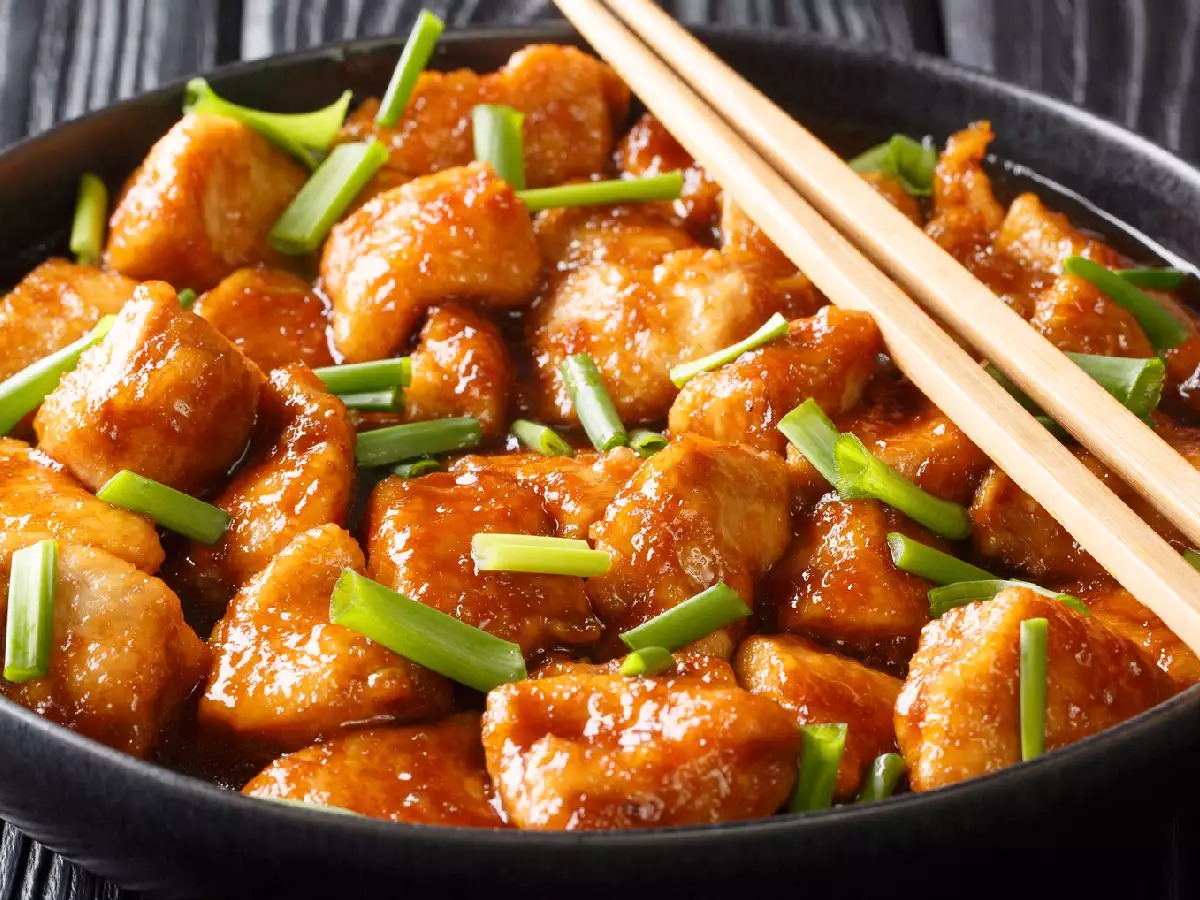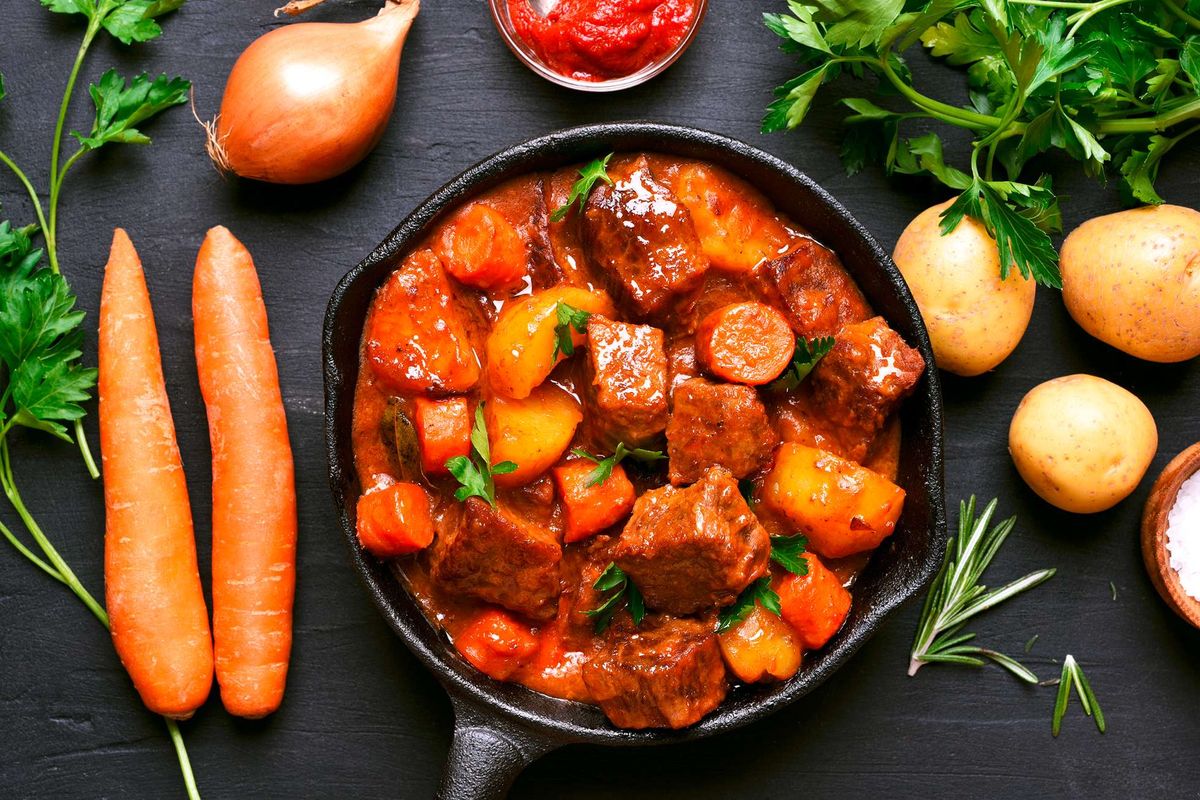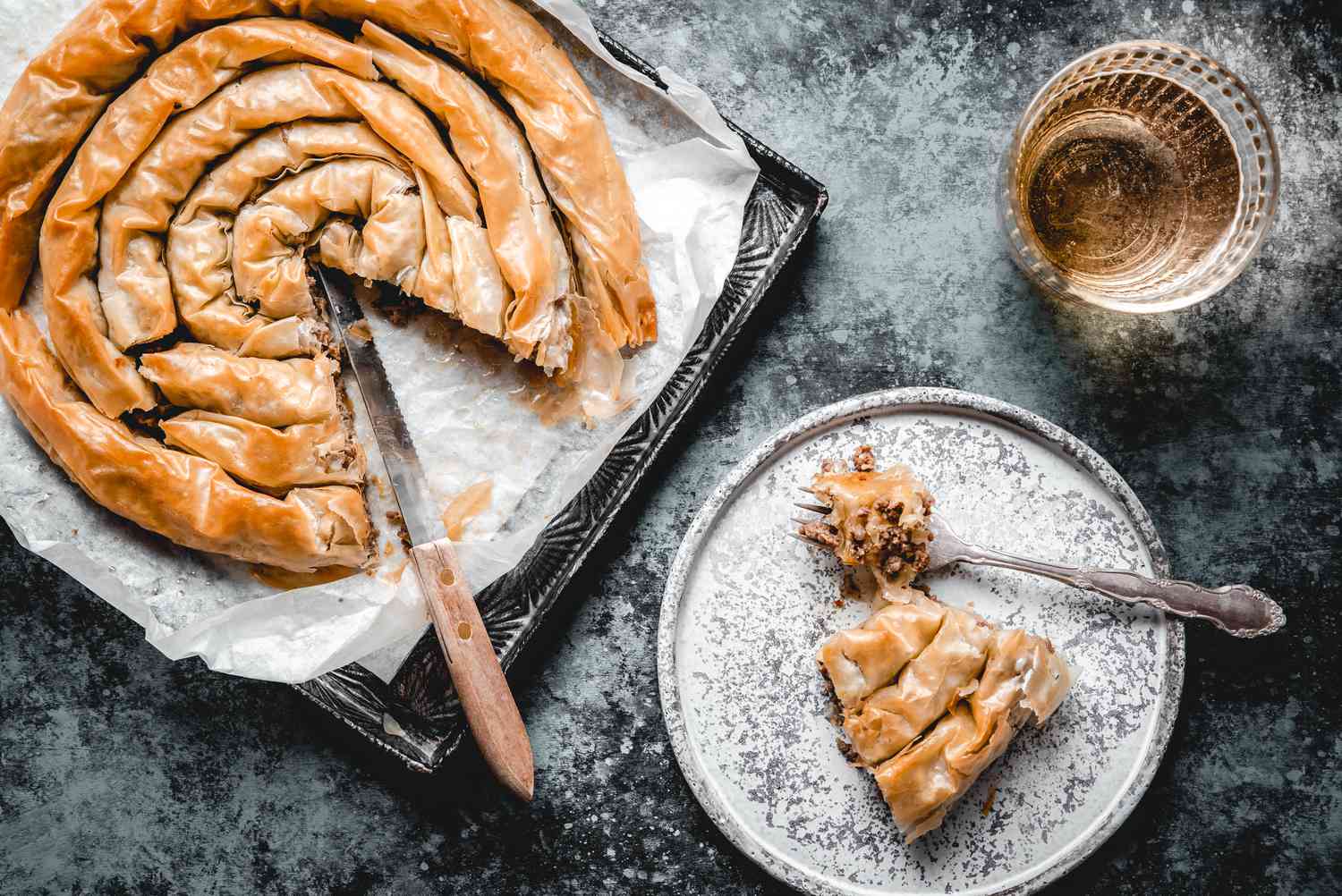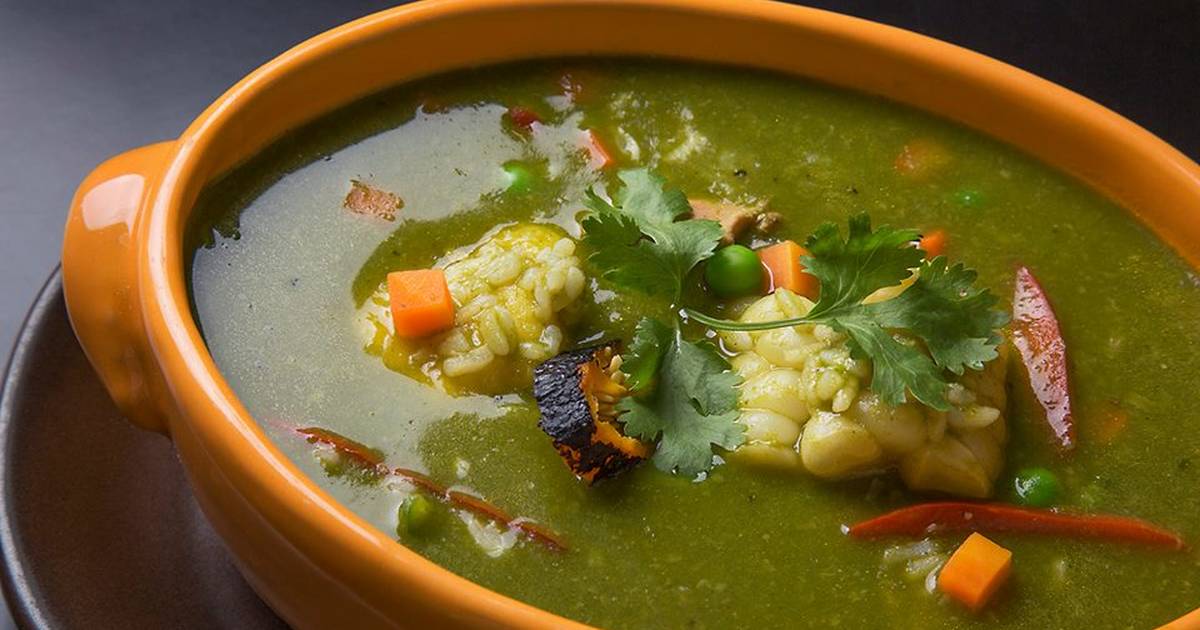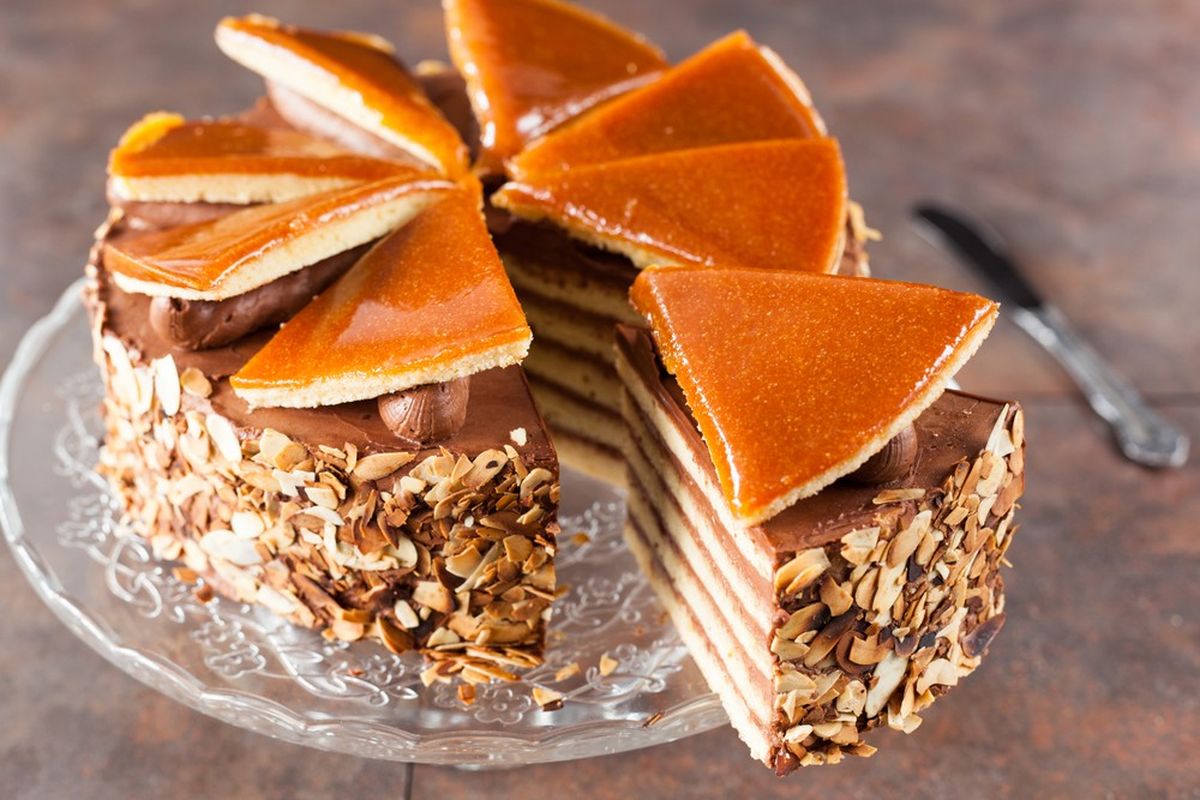When it comes to French pastries, the canelé is a delightful treat that has been capturing the hearts and taste buds of people around the world. This small, caramelized cake with a custard-like center is a true delight for anyone with a sweet tooth. In this article, we'll explore the origins of the canelé, its unique flavor profile, and how it's made.
Origins of the Canelé
The canelé has its roots in the Bordeaux region of France. Legend has it that the recipe was created by nuns in the 18th century using egg yolks donated by winemakers. The name "canelé" is derived from the French word "cane," which means "flute" or "reed," and refers to the fluted shape of the pastry. Over time, the canelé has become a beloved delicacy not only in France but also in many other parts of the world.
Flavor and Texture
One of the most distinctive features of the canelé is its caramelized exterior. This is achieved through a combination of butter, sugar, and beeswax, which gives the pastry its signature crunchy crust. Inside, the canelé has a soft, custard-like center with hints of vanilla and rum. The contrast between the crispy shell and the creamy interior makes for a truly indulgent eating experience.
Making Canelés
Creating the perfect canelé requires precision and patience. The batter is made from simple ingredients such as flour, sugar, milk, and eggs, but the key lies in the technique. The batter is rested for at least 24 hours to develop its flavor, then poured into special copper molds coated with beeswax and butter. The high heat of the oven is essential for achieving the caramelization that gives the canelé its unique texture and flavor.
Serving and Enjoying
Canelés are often enjoyed as a sweet treat with a cup of coffee or tea. Their small size makes them perfect for a quick indulgence, and their rich flavor means that just one canelé can satisfy even the most intense sweet cravings. They are also a popular choice for dessert platters and special occasions, adding a touch of elegance to any spread.
Where to Find Canelés
While the canelé is a traditional French pastry, its popularity has spread far and wide. Many bakeries and patisseries around the world now offer their own versions of this delectable treat. Whether you're in Paris, New York, or Tokyo, you're likely to find a place where you can savor the unique flavors of the canelé.
In conclusion, the canelé is a true delight for anyone who appreciates the art of pastry-making. Its rich history, unique flavor profile, and meticulous preparation make it a standout in the world of French desserts. Whether you're enjoying it in a quaint café in Bordeaux or at a trendy bakery in a bustling city, the canelé is sure to leave a lasting impression.
Was this page helpful?
Read Next: What Is ACP In Mexican Cuisine?
